The historians and fans amongst us will already know that the Lefty has been around for almost 20 years. For those of you who didn’t, you probably just feel a bit old now.
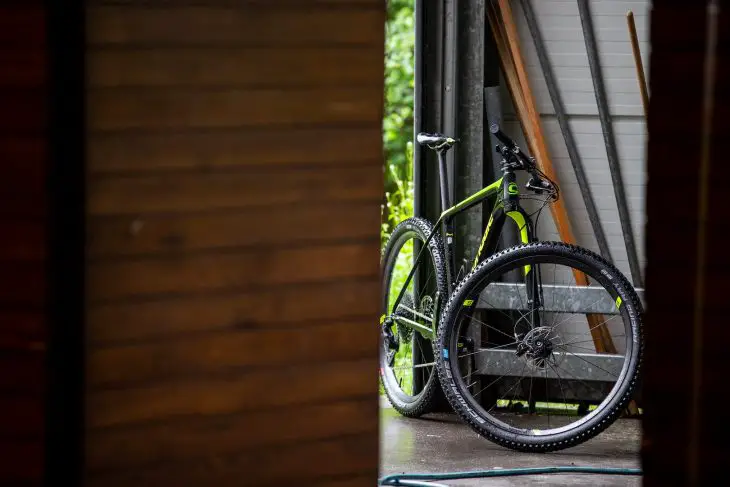
Renowned for its stiffness, lightness and mind-bending one-sidedness, the Lefty has developed its own cult following over the years and continues to be one of the leaders in XC suspension design. Despite its progression, until now developments have been gradual, evolutional tweaks rather than large step changes – and that’s according to the Cannondale team behind it. This time around the team wanted a bit more so brought in a whole load of non-Lefty suspension experts to help the resident team take things a lot further. After two years, many iterations and a whole load of testing, we’ve got the Ocho; the eighth generation Lefty fork (ocho is Spanish for eight in case you were wondering).
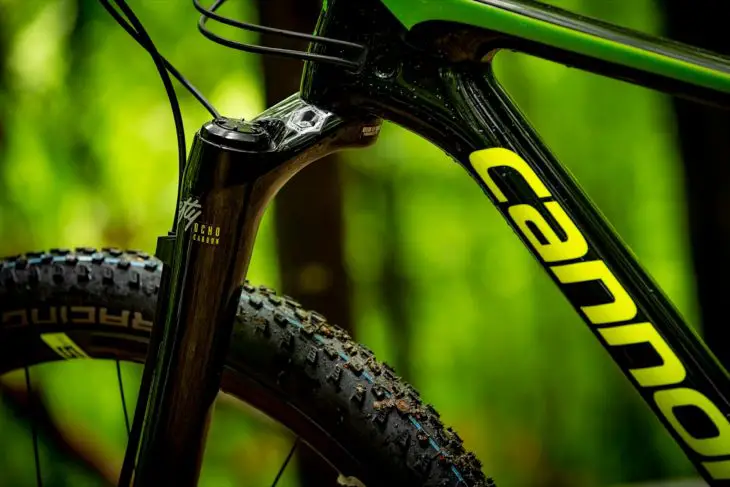
The team’s aim for the Ocho was simple: to ensure that the Lefty remained the lightest XC fork but also improve its tracking in rough conditions and reduce its friction. There’s been a big effort to design out some of the previous niche features which were no longer required or were just too specific for their own good (Lefty owners of the world rejoice!).
And indeed most things on both the inside and outside of the fork have changed. Except its leftness of course.
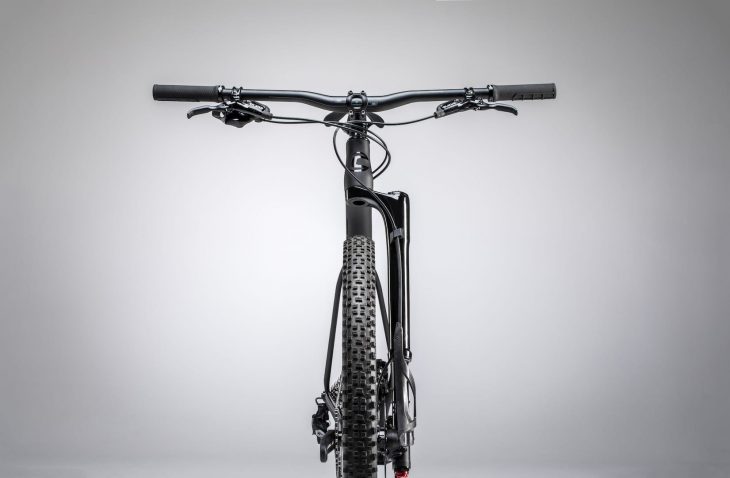
Firstly, its guts. Cannondale has kept with needle bearings (instead of relying on bushings like a traditional dual-sided fork does) but have further reduced friction by enclosing three sets of bearings within a cage. Less friction enables the fork to more easily start moving (static friction) and continue through its movement too (dynamic friction). A fork that moves more easily can better absorb the trail ahead of you, straight forward science that the clever engineers could perfectly explain to a room of tired journalists. If Cannondale’s bold claims are to believed, the internals of the Lefty Ocho exert about 40% of the static friction and 60% of the dynamic friction under a lateral load of its nearest competitor.
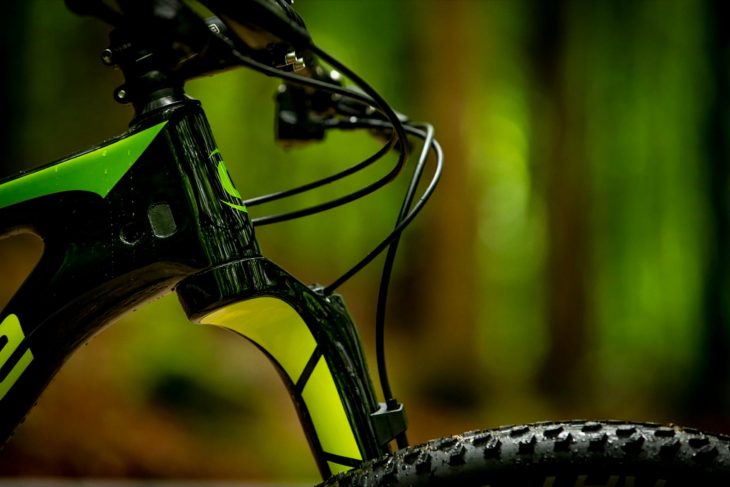
With less friction the dampening cartridge can be completely redesigned to add back in resistance in a controlled and controllable way to optimise the ride to the rider and conditions, giving a much smoother ride than before. Tuning has been optimised for a rider weight range of 45 – 105kg, though the weight limit of the fork is actually greater. In total there are six compression clicks and 23 of rebound.
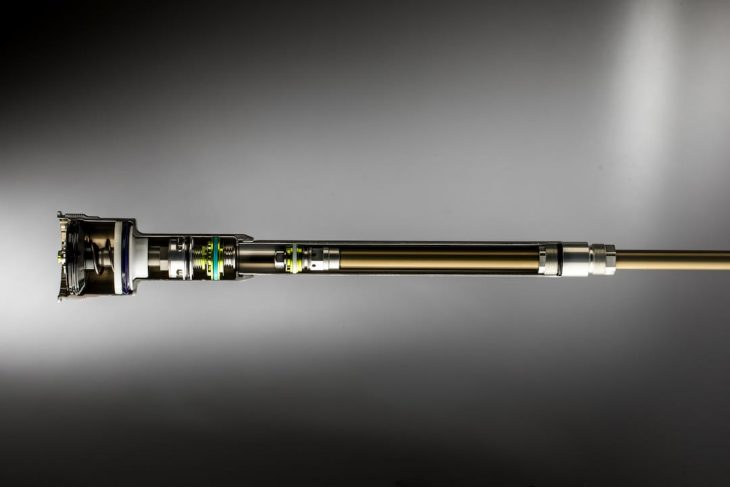
Stiffness has been altered too but not necessarily in the way you would first think. Whilst stiffness in a fork is a good thing to avoid the bum-squeaky fear of a noodley fork (remember the early RockShox SID anyone?) too much stiffness in the wrong direction makes for a pingy and non-compliant front end. So whilst Cannondale has maintained stiffness in both forward and back and side-to-side planes for maximum stability, the team has reduced the torsional stiffness by 14% compared to the Lefty 2.0 meaning that it tracks better through the rough trails.
Externally there have been a whole load of changes too. The most striking thing is that the dual-crown and oversized steerer tube have gone. Instead the fork uses a standard – yes, standard – tapered steerer and therefore a standard stem (meaning you can now run a stem length that isn’t restricted to 20mm increments, hurrah). The cable routing and stanchion guard are much neater too giving an incredibly slender overall look as well as reducing cable rub.
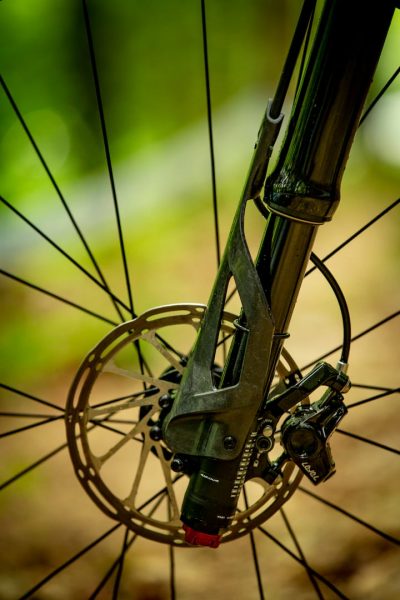
Other exterior changes have removed a few of the little things that as a Lefty owner continue to bug me on occasion. Firstly the valve cap has moved to the side of the fork meaning it is much easier to get a shock pump on and off and removes the chance of oil dripping onto the rotor. On the subject of brakes there’s a new release system for the caliper which makes removing it to get the wheel off much quicker. There’s also a rider weight, pressure and rebound settings chart and sag gradients marked on the fork, which make initial set up a lot easier. Finally the frustrating hydro lockout of the 2.0 has been replaced with a much simpler and more ergonomic cable system with an under-the-bar lever.
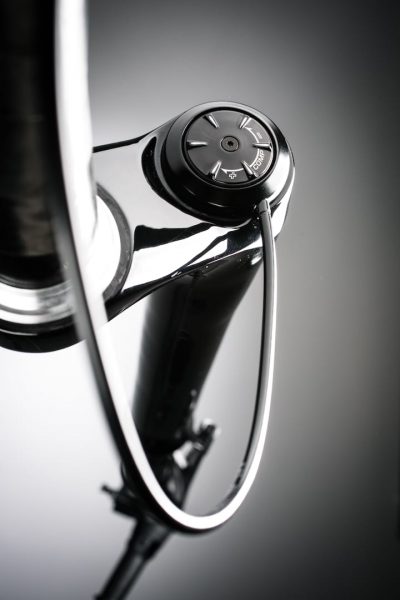
There are two versions of the Ocho, a carbon and an alloy weighing a paltry 1446g and 1735g respectively (a reduction of 250g on the previous model). It’s going to be available in 100mm travel only but for both 29” (55mm offset) and 27.5” (50mm offset) wheel size.
Initially the Ocho it will only be seen on the new F-Si XC hardtail (if you missed that First Look it’s here) but in the future when supply can meet the predicted demand it will be available aftermarket too. And with a compatible tapered steerer, there’s very little stopping you speccing one on any non-Cannondale XC bike.
So that’s the theory, how does it perform in practice? For the First Ride Review of the Lefty on the F-Si head here.
Disclosure
Rachel’s travel and accommodation were paid for by Cannondale.
Comments (2)
Leave Reply
Post Comment

Proofreader on holiday? Some of that makes no sense at all!
A stem shorter than 90mm on a Lefty? Madness!